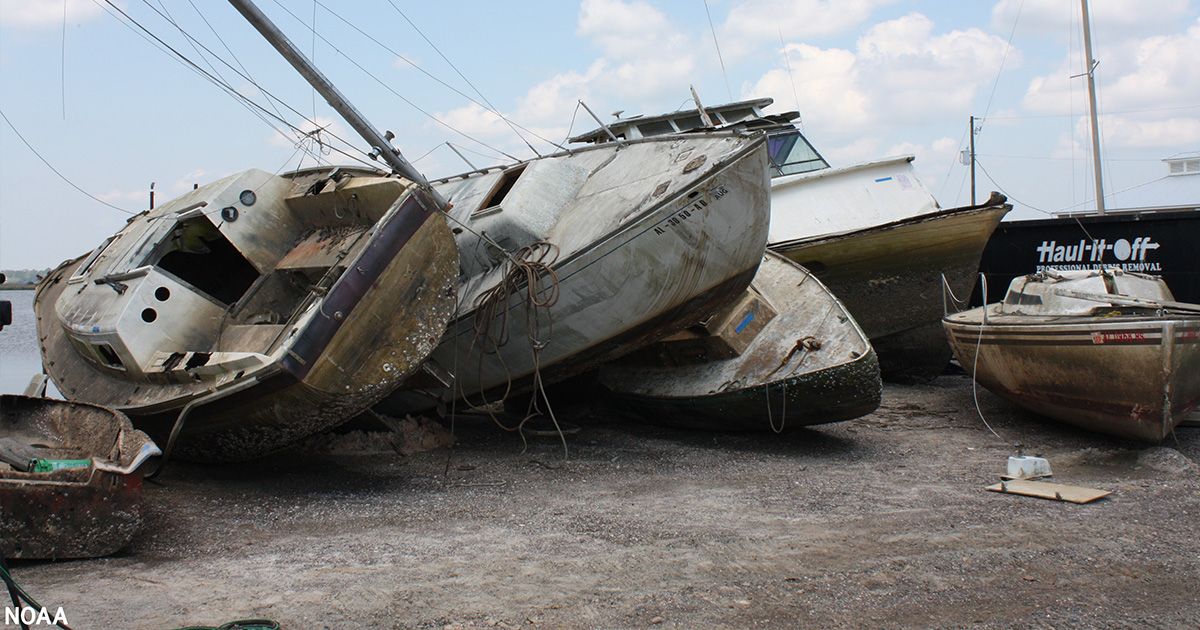The Department of Commerce and NOAA announced the availability of up to $28 million across two funding opportunities to address marine debris throughout the coastal US, Great Lakes, territories, and Freely Associated States.
These two Fiscal Year 2024 funding opportunities are part of NOAA’s Climate-Ready Coasts initiative under President Biden’s Bipartisan Infrastructure Law, and allow NOAA to support impactful, large-scale marine debris removal projects, as well as the installation, monitoring and maintenance of proven marine debris interception technologies.
“Marine debris is a significant and increasing threat to coastal, ocean and Great Lakes economic activity, and the communities that rely on a healthy and productive marine environment,” said US Secretary of Commerce Gina Raimondo. “These new funding opportunities—following on additional investments in marine debris removal through the Bipartisan Infrastructure Law—will go a long way toward addressing the harmful effects of marine debris head on.”
These two funding opportunities include:
- The Marine Debris Removal funding opportunity, which prioritizes the development of large-scale marine debris removal projects that focus on marine debris that is generally unable to be collected by hand, including abandoned and derelict vessels, derelict fishing gear and other large debris. Letters of intent are due on October 27, 2023.
- The Marine Debris Interception Technologies funding opportunity, which prioritizes the installation, monitoring and maintenance of proven marine debris interception technologies that will capture marine debris at or close to known sources or pathways. Letters of intent are due on November 15, 2023.
These two funding opportunities will be reviewed separately and have different application requirements. NOAA will select projects through a rigorous and highly competitive merit review process.
“Investments from the Bipartisan Infrastructure Law are critical to reduce the impacts of marine debris, remove legacy debris from the environment and prevent future debris from accumulating in order to reduce stress on ecosystems, wildlife and coastal communities,” said NOAA Administrator Rick Spinrad, Ph.D. “Successfully tackling the issues associated with marine debris requires coordination and collaboration with partners across the country, and we are excited to advance projects that support partnerships and solutions.
“These funding opportunities will support transformational projects that benefit our public trust natural resources and the ecosystem services that they provide,” said Nancy Wallace, director of the NOAA Marine Debris Program. “This funding from the Bipartisan Infrastructure Law will allow us to address the marine debris that is most challenging to remove and damaging to our waterways, ocean and Great Lakes.”
The Climate-Ready Coasts initiative is focused on investing in high-impact projects that create climate solutions by storing carbon; build resilience to coastal hazards such as extreme weather events, pollution, and marine debris; restore coastal habitats that help wildlife and humans thrive; build the capacity of underserved communities and support community-driven restoration; and provide employment opportunities.





